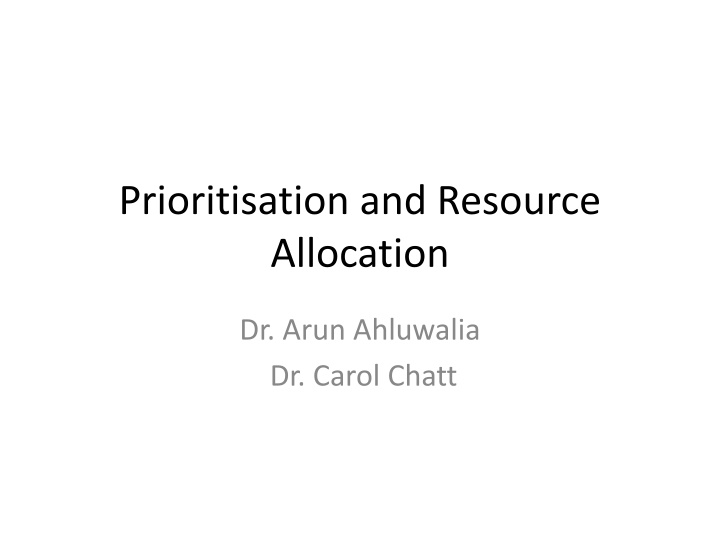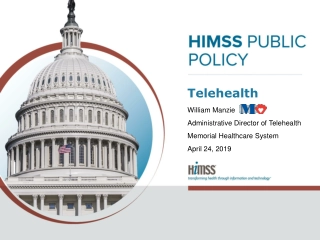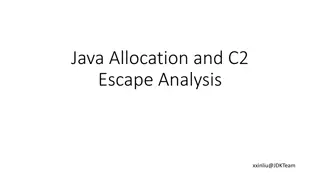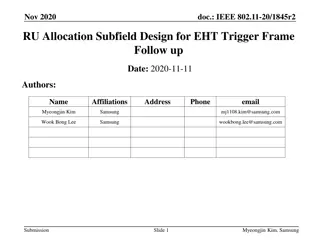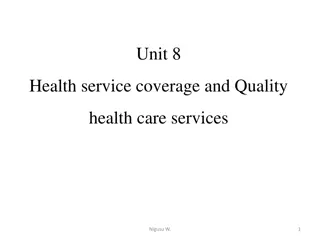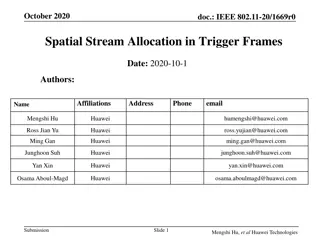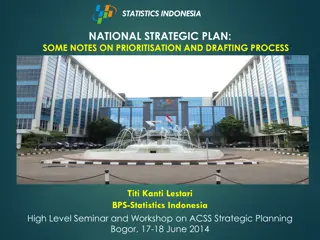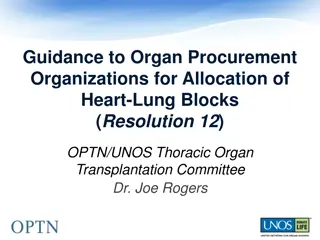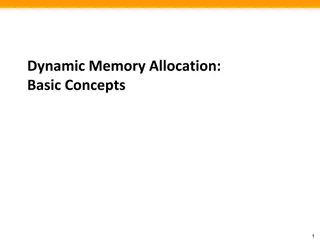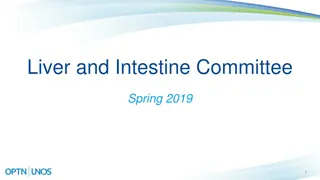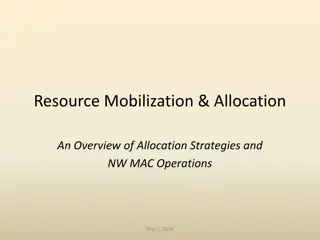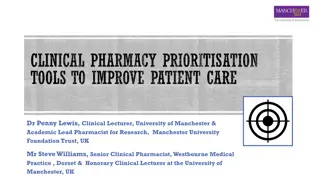Prioritisation and Resource Allocation in Healthcare: Challenges and Strategies
Addressing the complexities of resource allocation and prioritisation in healthcare, this content explores the significance of making choices when resources are limited. It delves into the concepts of rationing, implicit and explicit methods, and the current landscape of healthcare prioritisation in the UK. The discussion also highlights the need for clear guidelines and decision-making frameworks in the face of growing demand and constraints.
Download Presentation

Please find below an Image/Link to download the presentation.
The content on the website is provided AS IS for your information and personal use only. It may not be sold, licensed, or shared on other websites without obtaining consent from the author.If you encounter any issues during the download, it is possible that the publisher has removed the file from their server.
You are allowed to download the files provided on this website for personal or commercial use, subject to the condition that they are used lawfully. All files are the property of their respective owners.
The content on the website is provided AS IS for your information and personal use only. It may not be sold, licensed, or shared on other websites without obtaining consent from the author.
E N D
Presentation Transcript
Prioritisation and Resource Allocation Dr. Arun Ahluwalia Dr. Carol Chatt
In the next 5 years the NHS will have to set out more clearly what is and what is not available to patients free at the point of use on the NHS. Do you . Strongly agree Tend to agree Tend to disagree Strongly disagree Don t know ?
Prioritisation We saw earlier that when demand exceeds available resources, choices have to be made. Choices implies priorities
What is rationing? The allocation of resources, services or goods under some rational, emotional or political criterion Is this the same as prioritisation or resource allocation?
Implicit and Explicit Rationing Implicit rationing: care is limited, but neither the decisions, nor the bases for those decisions are clearly expressed. Explicit rationing: care is limited and the decisions are clear, as is the reasoning behind those decisions.
Rationing in the UK Rationing in Great Britain has been implicit It is a silent conspiracy between a dense, obscurating bureaucracy, intentionally avoiding written policy for macroallocation (rationing), and a publicly unaccountable medical profession privately managing microallocation so as to conceal life and death decisions from patients (Crawshaw, 1990)
Explicit methods of rationing 1. League tables 2. Programme Budgeting and Marginal Analysis (PBMA)
1. League Tables Economic evaluations produce information on cost-effectiveness If using comparable outcomes (e.g. QALY) can rank according to cost-effectiveness Can use resultant league table to allocate resources to most cost-effective first E.g. The Oregon Plan
The Oregon Plan In 1989, the state of Oregon embarked on a controversial experiment in the financing of health care. The state planned to add many uninsured people to the Medicaid program and to pay for this expansion by reducing the Medicaid benefit package more people would be covered, but for fewer services. In 1991, Oregon ranked more than 700 diagnoses and treatments in order of importance. The state legislature then drew a line at item 587; treatments below the line would not be covered. Oregon had openly embraced the R word : rationing On February 1, 1994, the Oregon Health Plan, with its prioritized list, went into operation Thomas Bodenheimer The Oregon Health Plan Lessons for the Nation N Engl J Med 1997; 337:651-656
In 1987, Coby Howard contracted acute lymphocytic leukemia and needed a bone marrow transplant. Earlier that year, the Oregon legislature had discontinued Medicaid coverage for organ transplantation
Problems with League Tables Limited data on cost-effectiveness Studies to determine cost-effectiveness use different methods e.g. compare new treatment to placebo / current treatment Determining cut-off point Needs constant updating
2. PBMA combines both technical and political rationing methods Principles: If 1 were to be made available that 1 should be invested in an area in which the most benefit would be gained If 1 were to be disinvested that 1 should be taken away from an area where the least benefit would be lost.
Which programme would you invest in? Which programme would you disinvest in? 100 90 80 Marginal benefit for next unit of resources 70 60 Current benefit Benefits 50 40 Marginal loss for removing unit of funding 30 20 10 0 A B C D E Programmes
Steps of PBMA 1. Choose a set of meaningful programmes. 2. Identify current activity and expenditure in those programmes. 3. Think of improvements. 4. Weigh up incremental costs and incremental benefits and prioritise a list. 5. Consult widely. 6. Decide on changes. 7. Effect the changes. 8. Evaluate progress. Brambleby and Fordham, 2003. What is PBMA? Oxford University
PBMA Main objective of PBMA is to reallocate resources so that benefits are maximised Successful implementation of PBMA requires resources to be shifted from the disinvestment list to the investment list But, Disinvestment is difficult PBMA is data hungry and time consuming Difficult to obtain a representative advisory panel
Methods of rationing In your area of work, how do you deal with high demand?
Methods of rationing Delay Create waiting lists Denial Non-urgent or unsuitable cases are not done
Possible methods for quantity rationing In groups of 4 choose your preferred 3 methods of quantity rationing and your least favourite 3 methods. (10 minutes)
In Summary, Prioritisation is inevitable in a resource limited health care system PBMA is attractive to decision-makers Seems rational Supported by DoH However, it is not easy Increasing the input of various stakeholders may shift the culture of the public / media to accept rationing
